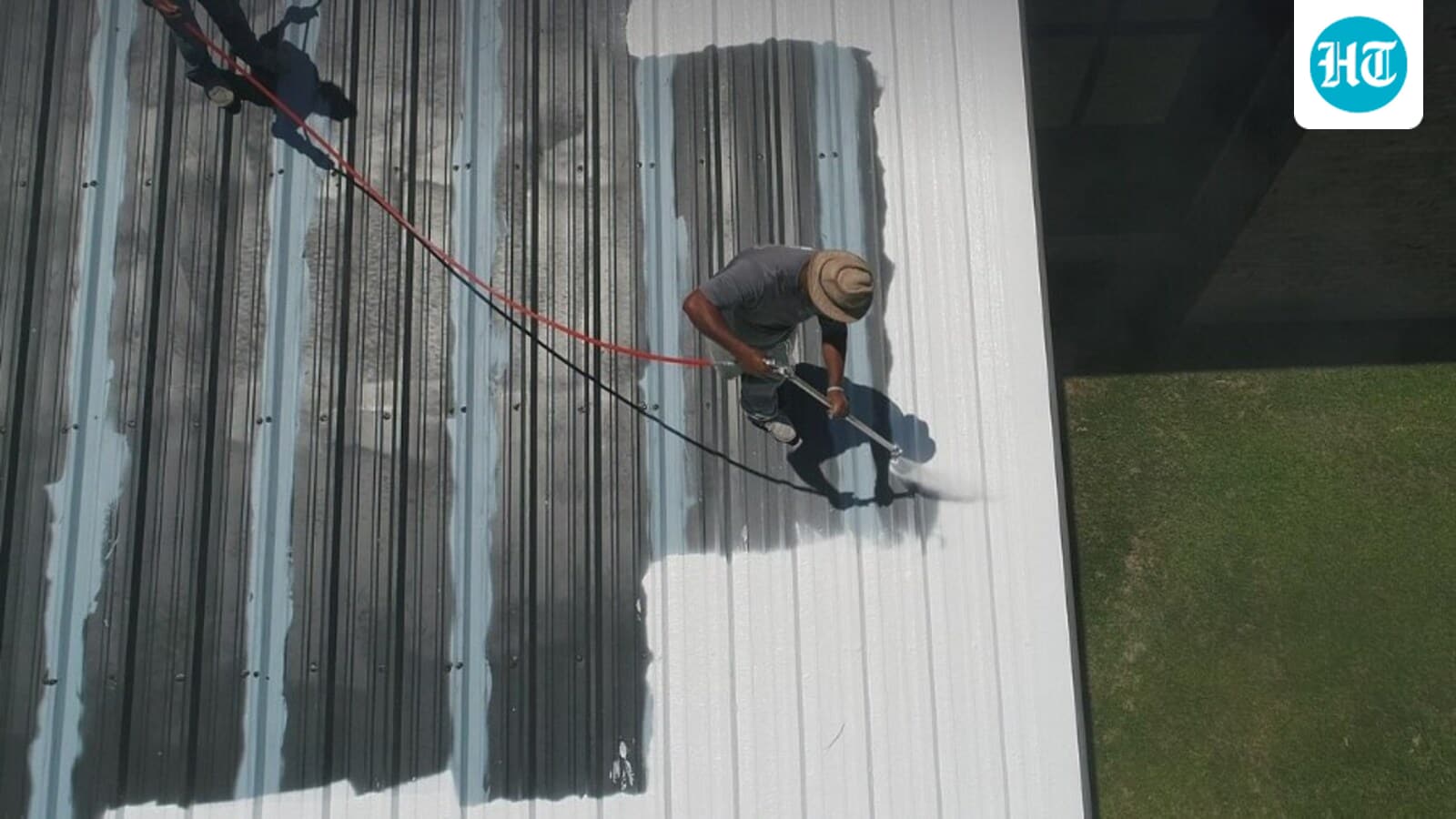What are cool roofs? Atlanta passes new law to combat heat, lower bills

The City of Atlanta passed a new law requiring all new and replacement roofs to meet the stringent requirements of solar reflectance. Known as City of Atlanta Ordinance 25-O-1310, the measure has caused some rift among homeowners who think that it amounts to the government telling them how their houses should look, the Cool Down report stated.
The new Atlanta city ordinance requires all new and replacement roofs to meet solar reflectance requirements(Representative Image/ Pixabay)
Cooling the city, saving lives
Atlanta is trying to fight exacerbating urban heat island effects; some neighborhoods even experience heat of about 20 °F more than the places around them. The city council estimated cool roofs with high solar reflectivity would lower the mean temperature in the summer in Atlanta by 2.4 °F and by 6.3 °F in the hottest neighborhoods, per the Grist.
The report added that the Smart Surfaces Coalition expects the measure to save residents $310 million in energy bills over the next 35 years and prevent heat-related deaths. Extreme heat kills twice as many people in the US as hurricanes and tornadoes combined, and heat-related deaths have risen by 117 percent since 2000.
Also Read: Countries demand urgent action after Trump’s dismissal of climate change at UNGA
Support from health and climate leaders
District 5 Council member Liliana Bakhtiari, who was the author of the ordinance, was quoted in the Atlanta City Council press statement, “This is not just about roofs, it is about resilience,” and continued by noting that it is about preserving health, decreasing energy burden, and reinstating communities that have been disregarded for too long.
Public health officials also offered their support; Dr Jimmie Smith Jr, president of the Georgia Public Health Association, stated the ordinance addresses environmental conditions that threaten our seniors, children, and low-income families, the statement further stated.
The American Lung Association also supported this ordinance, stating reflective roofs could help lower ozone pollution, asthma attacks, and respiratory illness.
A cost-effective solution
Cool roofs are usually reflective and range from plain white paint on flat commercial roofs to a special type of shingle for residential use. Manufacturers claim cool roofs cost about the same, last longer, and might even cost less to install than traditional roofing. Greg Kats, CEO of Smart Surfaces Coalition, told Grist, “This is a super cost-effective way to make the city healthier, competitive, reduce energy bills, and protect jobs.”
Also Read: Saving climate action in the age of global fragmentation
Growing trend in US Cities
Other cities like Chicago, Los Angeles, and New York have adopted cool roof policies, but Atlanta’s ordinance goes further by applying to all new roofs, not just commercial or flat roofs. With the city experiencing rapid growth, the change is expected to reshape Atlanta’s skyline over time.
The experts call it a slow but permanent process. “This is pushing Atlanta into one of the more forward-looking cities,” Dr Brian Stone from the Urban Climate Lab at Georgia Tech told the Grist.
FAQs:
Q1. What does Atlanta’s new cool roof law require?
All new and replacement roofs must meet high solar reflectance standards, meaning they must be designed to reflect more sunlight and absorb less heat.
Q2. Do homeowners have to repaint or replace their existing roofs?
No. The law only applies to new construction and replacement roofs. Existing roofs can remain as they are until they need replacing.
Q3. How much will this cost homeowners?
Experts say cool roofs cost no more than traditional ones and can sometimes be cheaper. They also extend the life of the roof and reduce energy bills.




